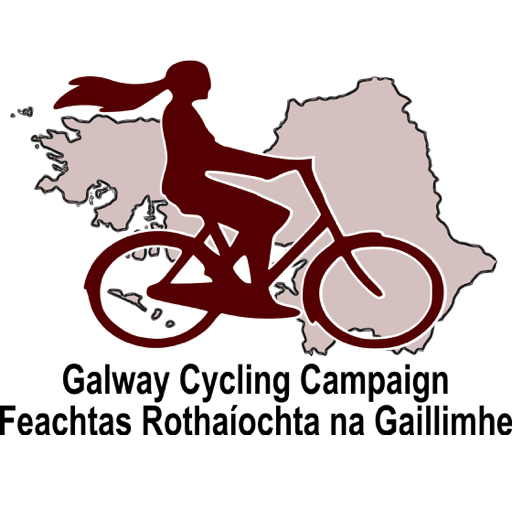Based on data from Census 2016 provided by the Central Statistics Office, we can summarise the level of active travel (walking and cycling) to schools, primary and secondary in over 200 villages, towns and cities </span><span style=”font-size: 14px;”>with 1,500 residents or more and plot these in the above interactive graph. The relative area of each dot in the graph is proportional to the total number of children (aged 5-18) who are attending school, primary or secondary. Data for the 5 cities (and their suburbs), Dublin, Cork, Limerick, Galway and Waterford are indicated with initial letters.
What is clear from this graph:
- there is a huge range in active travel rates across Irish towns and cities – from close to 0% to nearly 80%
- there is reasonably good correlation between active travel rates in primary and secondary school children in the same town (see note*)
- active travel rates tend to be higher for secondary school children than primary school children (see note*)
- The next step then is to try to understand the “ingredients” for a walking and cycling-friendly town for children and what makes an unfriendly one. What is different about Donabate and Skerries, compared to say Tower, Letterkenny or Annacotty.
*It is notable that the bottom cluster of points where active travel for secondary school children in towns is particularly low, even where there are reasonable levels of walking or cycling for primary school children is attributable to no secondary school in or nearby a particular town or at least a lack of supply of secondary schools to match the population.
You can inspect in greater detail the proportion of people travelling to work, school or college by different transport modes (“modal share”) in the table below, search for specific towns, and rank towns by modal share for particular means of transport and type of traveller.
